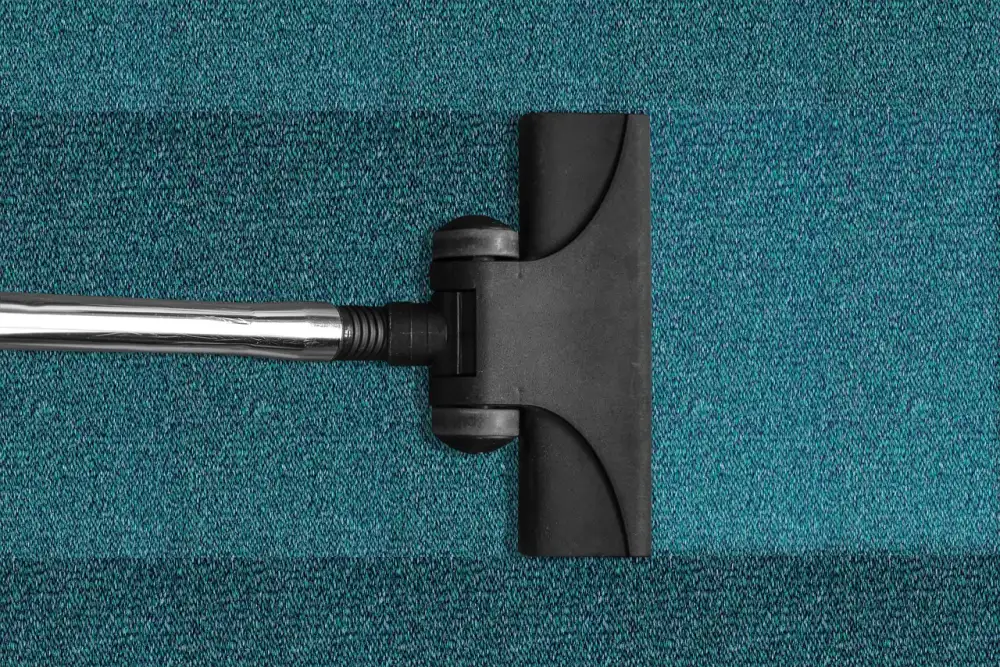Mastering the Art of Cast Iron Skillet Cleaning: Essential Tips for a Spotless Home

- Importance of proper cleaning for cast iron skillets
- Gather necessary supplies for cleaning
- Preparing the cast iron skillet for cleaning
- Cleaning the cast iron skillet using gentle methods
- Removing stubborn stains and food residue
- Drying and seasoning the cast iron skillet
- Storing the cast iron skillet properly
- Tips for maintaining the cleanliness of cast iron skillets
Cleaning a cast iron skillet may seem like a daunting task, but with the right techniques and tools, it can be a breeze. Cast iron skillets are beloved for their ability to distribute heat evenly and create delicious meals, but they require special care to maintain their quality. In this article, we will explore the essential tips for cleaning your cast iron skillet, ensuring that it remains spotless and ready for your next culinary adventure. So let's dive in and master the art of cast iron skillet cleaning!
Importance of proper cleaning for cast iron skillets
Proper cleaning is essential for maintaining the quality and longevity of your cast iron skillet. Neglecting to clean it properly can lead to a buildup of food residue, which can affect the flavor of your dishes and even promote the growth of bacteria. Additionally, if not cleaned correctly, your skillet may develop rust or become sticky, making it difficult to cook with. By taking the time to clean your cast iron skillet thoroughly after each use, you can ensure that it remains in pristine condition and continues to provide you with delicious meals for years to come.
Gather necessary supplies for cleaning
To properly clean a cast iron skillet, you will need a few essential supplies. First and foremost, you will need a gentle scrub brush or sponge that won't scratch the surface of the skillet. Avoid using harsh abrasives or steel wool, as they can damage the seasoning. Additionally, gather some mild dish soap, coarse salt, white vinegar, and baking soda. These ingredients will help to remove any stubborn stains or food residue. Lastly, make sure to have some clean towels or paper towels on hand for drying the skillet after cleaning.
Preparing the cast iron skillet for cleaning
Before you begin cleaning your cast iron skillet, it is important to properly prepare it. Start by allowing the skillet to cool completely after use. Never attempt to clean a hot skillet as this can cause burns.
Once cooled, gently scrape off any remaining food particles using a spatula or a stiff brush. Avoid using metal utensils that may scratch the surface of the skillet.
Next, rinse the skillet under warm water to remove any loose debris. Avoid using soap at this stage as it can strip away the seasoning of the skillet.
If there are stubborn food residues stuck to the surface, create a paste by mixing equal parts of coarse salt and water. Apply this paste to the affected areas and scrub gently with a sponge or soft cloth.
Afterwards, rinse the skillet thoroughly with warm water to remove all traces of salt or residue. Ensure that all surfaces are clean and free from debris before proceeding to the next step.
By properly preparing your cast iron skillet for cleaning, you are setting yourself up for success in achieving a spotless finish.
Cleaning the cast iron skillet using gentle methods
Cleaning the cast iron skillet using gentle methods is essential to preserve its seasoning and prevent damage. Start by rinsing the skillet with hot water immediately after use, avoiding soap as it can strip away the seasoning. Use a soft sponge or brush to gently scrub away any food residue. For tougher stains, create a paste of coarse salt and water and scrub the skillet in circular motions. Rinse thoroughly and dry immediately to prevent rusting. Remember, gentle cleaning ensures a spotless cast iron skillet for years to come.
Removing stubborn stains and food residue
Removing stubborn stains and food residue from your cast iron skillet can be a challenging task, but with the right methods, you can restore its pristine condition. One effective method is to use a paste made of coarse salt and water. Apply the paste to the stained areas and scrub gently with a sponge or brush. For tougher stains, you can also try using a mixture of baking soda and water. Let it sit on the stain for a few minutes before scrubbing. Another option is to boil water in the skillet to loosen stubborn residue, then scrub it off with a brush. Remember to never use harsh abrasives or metal utensils that can damage the seasoning of your skillet. With patience and gentle cleaning techniques, you'll be able to remove even the most stubborn stains and enjoy cooking with a spotless cast iron skillet.
Drying and seasoning the cast iron skillet
After cleaning your cast iron skillet, it is crucial to dry it thoroughly to prevent rusting. Start by using a clean towel or paper towels to remove any excess moisture. Next, place the skillet on a stovetop burner set to low heat for a few minutes. This will help evaporate any remaining moisture. Once the skillet is completely dry, it's time to season it. Seasoning involves applying a thin layer of oil to the skillet's surface to create a protective barrier against rust and enhance its non-stick properties. To season your cast iron skillet, pour a small amount of cooking oil onto a paper towel and rub it all over the interior and exterior surfaces, including the handle. Make sure to coat every inch of the skillet evenly. Then, place the skillet upside down in an oven preheated to 350°F (175°C) for about an hour. This process allows the oil to bond with the iron, creating that coveted non-stick surface. After an hour, turn off the oven and let the skillet cool inside before removing it. Your cast iron skillet is now ready for use!
Storing the cast iron skillet properly
Properly storing your cast iron skillet is essential to maintain its cleanliness and prolong its lifespan. After cleaning and drying the skillet, it's important to store it in a dry place to prevent rusting. Avoid stacking other pots or pans on top of it, as this can cause scratches and damage the seasoning. To protect the skillet further, consider placing a paper towel or cloth between the skillet and any other cookware stored nearby. By storing your cast iron skillet properly, you'll ensure that it remains in excellent condition for years to come.
Tips for maintaining the cleanliness of cast iron skillets
To maintain the cleanliness of your cast iron skillet, follow these tips:
1. Avoid using harsh detergents or abrasive scrubbers that can damage the seasoning. Instead, use a gentle brush or sponge with warm water to clean it.
2. After each use, wipe the skillet with a paper towel or cloth to remove any food residue. This will prevent it from sticking and becoming harder to clean later.
3. Regularly season your cast iron skillet by applying a thin layer of oil after cleaning. This helps to maintain its non-stick surface and prevents rusting.
4. Store your cast iron skillet in a dry place to prevent moisture buildup and rust formation. If possible, place a paper towel between stacked skillets to absorb any excess moisture.
5. Avoid soaking your cast iron skillet in water for long periods as this can cause rusting. Instead, dry it thoroughly immediately after washing.
By following these simple tips, you can ensure that your cast iron skillet remains clean and in excellent condition for years to come, allowing you to enjoy its many benefits in your culinary endeavors.
In conclusion, mastering the art of cast iron skillet cleaning is essential for maintaining a spotless home and enjoying the benefits of this versatile cooking tool. By properly cleaning and caring for your cast iron skillet, you can ensure its longevity and optimal performance in the kitchen. A clean skillet not only enhances the flavor of your food but also prevents rust and improves heat distribution. So, take the time to follow these essential tips and make cleaning your cast iron skillet a regular part of your culinary routine. Your taste buds will thank you!
Published: 07. 12. 2023
Category: Home



